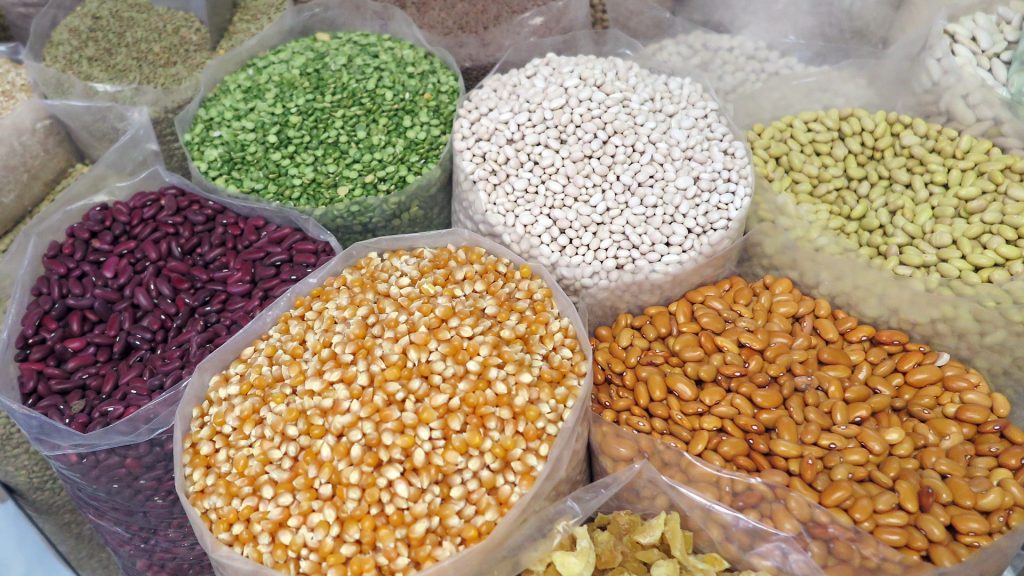
 Cereals on sale./FILE
Cereals on sale./FILE
Kenya’s seed industry has made progress in maize production, offering farmers access to a wide range of varieties.
But a new report shows that other critical crops particularly beans and sorghum, remain neglected due to limited breeding, weak funding, and low private-sector interest.
This is according to the Seed Sector Performance Index (SSPI) 2023 report, which tracks the status of seed industries across Africa.
The SSPI was developed by TASAI Inc., in partnership with the African Union Commission’s African Seed and Biotechnology Programme (ASBP) and AGRA, to provide a comprehensive scorecard of Africa’s seed sectors.
Between 2020 and 2022, Kenya released 36 new crop varieties, 32 maize and just four beans. While the maize releases were commendable, the report noted limited or no new releases for other priority crops, a factor that pulled down the country’s overall score.
“As of 2023, the Kenya Agricultural and Livestock Research Organization (KALRO) had 48 breeders: 22 for maize, 10 for beans, 12 for sorghum, and four for cowpeas,” the report noted.
“Although the number of breeders was rated fairly well at 6.25 out of 10, the sector’s strength lies mainly in maize, which attracts more donor and private-sector funding compared to beans and cowpeas.”
Michael Waithaka, a researcher at TASAI, said the index draws from interviews with seed companies and research institutions to measure performance across the seed value chain. He credited Kenya’s strong research institutes, long history of seed production, and active private sector for driving progress.
“The policy environment is also supportive and is reviewed regularly with input from stakeholders. That’s why we’re seeing new varieties released consistently,” Waithaka said.
However, he cautioned that declining funding for public research institutions threatens the sector’s ability to respond to emerging challenges, especially climate change.
“Across Africa, maize receives disproportionate support compared to legumes and other crops. Seed companies find maize more profitable, while legumes, being open-pollinated can be reused by farmers for years, making them less attractive commercially,” he explained.
“But this is where public institutions must step in, because neglected crops like beans and sorghum are crucial for food security and nutrition.”
He stressed that diversifying beyond maize is essential in the face of climate change and shifting dietary needs.
“When you have climate change, you can’t rely on one major crop. Nutrition and health consciousness also demand that we pay more attention to other crops.”
Waithaka called for more investment in regulatory agencies to weed out fake seeds, support breeders, and ensure timely release of varieties.
Simon Maina, KEPHIS Head of Seed Certification, and a contributor to the SSPI Kenya report, noted that by 2022, farmers had access to 149 certified seed varieties across four main crops: 100 maize, 28 beans, 10 sorghum, and 11 cowpeas.
He also observed that most seeds were packaged in small quantities, making them more accessible to smallholder farmers.
Production volumes stood at 40,264 metric tonnes of maize seed, 1,296 MT of bean seed, 362 MT of sorghum seed, and 123 MT of cowpea seed.
Adjusted for imports and exports, this met 53 percent of Kenya’s maize seed demand, 54 percent of sorghum, 100 percent of cowpea, but just four percent of beans.
To sustain growth, the SSPI report recommended increasing access to land for seed producers, lowering production costs, and strengthening public institutions to produce early-generation seed.
It also urged exploration of financing models that can provide affordable credit to seed producers.












